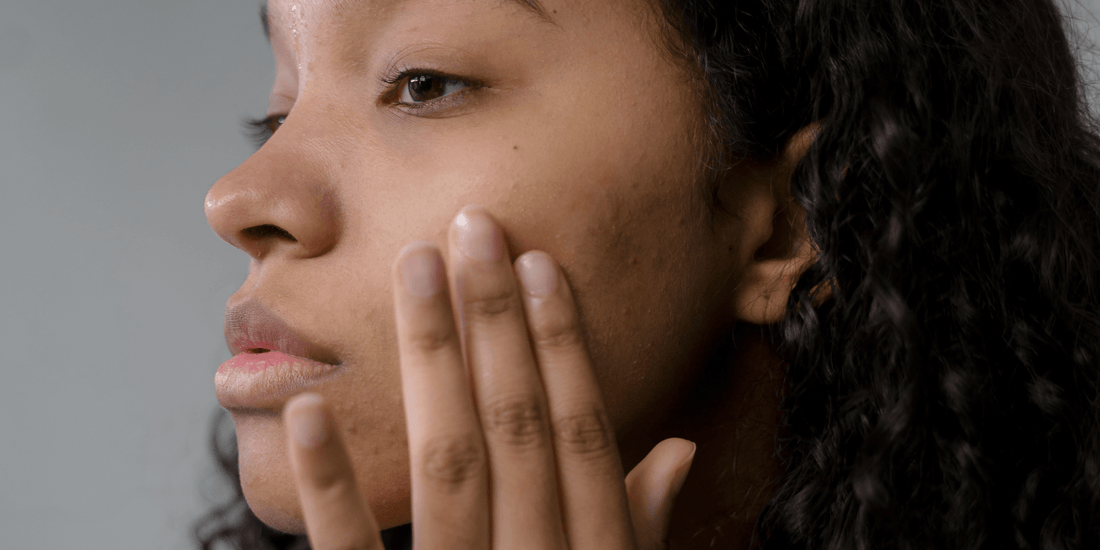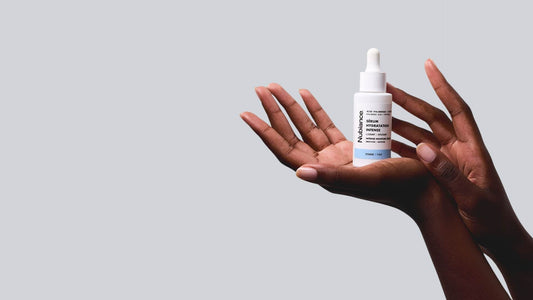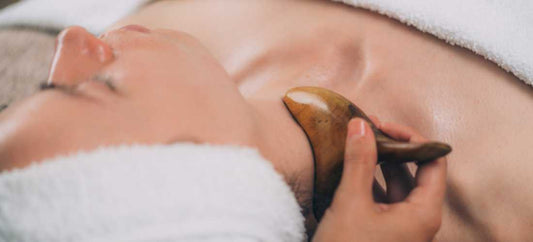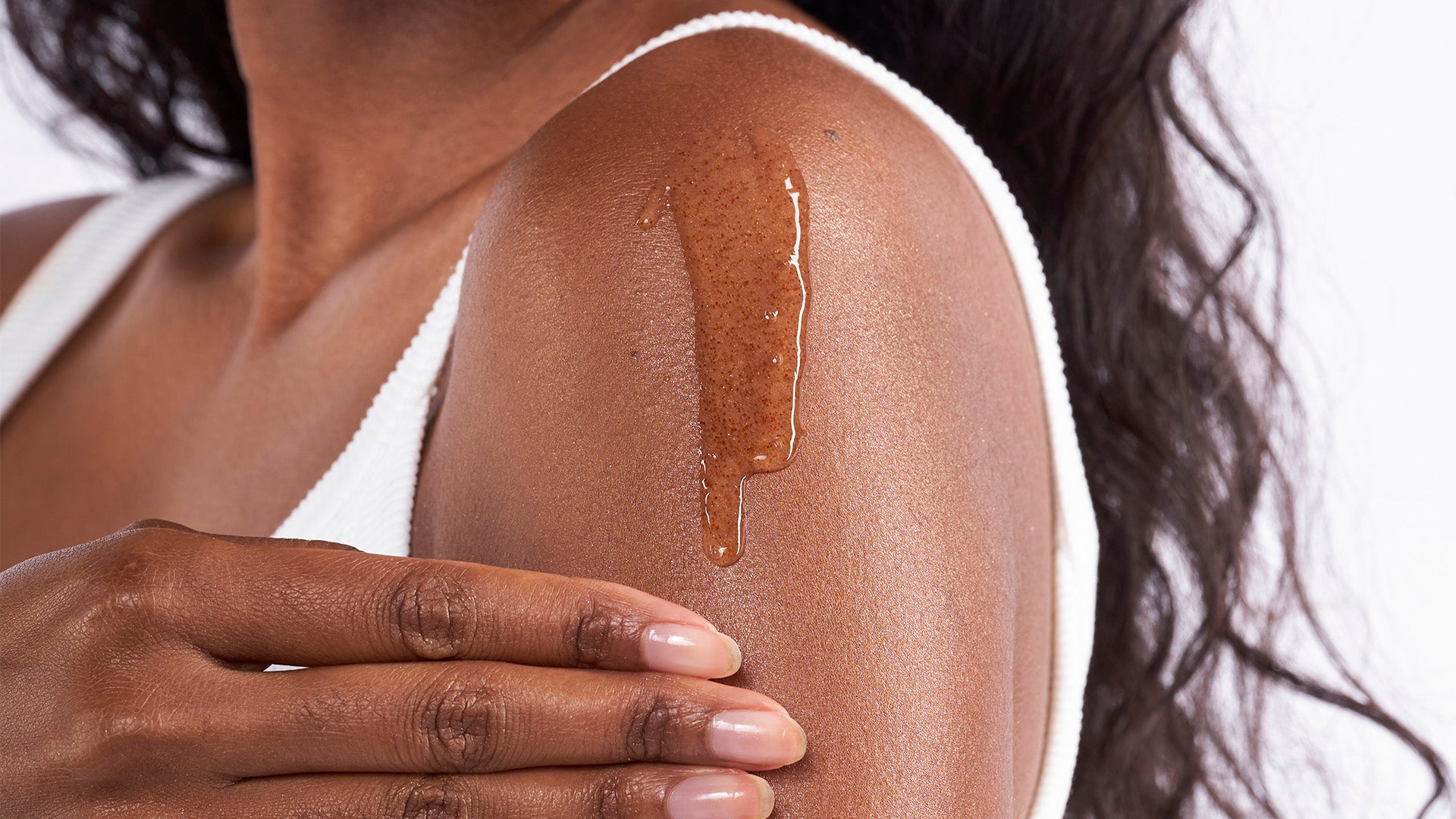
Hormonal acne: causes, symptoms and treatments
Partager
Our memories of adolescence are often punctuated by changes for which we were more or less prepared: a growth spurt, bodily changes and… skin problems ! While we all dreamed of this phase where the ordeal was to end, it turns out that certain dermatological diseases persist into adulthood. The most recalcitrant is acne caused by hormonal changes ! How to recognize hormonal acne ? Is it possible to treat it? Response elements.
What is hormonal acne?
As a reminder, acne is a skin disease caused by excessive production of sebum . It appears during puberty and disappears spontaneously around the age of 18. It presents as whiteheads and comedones.
Hormonal acne refers to the appearance of acne pimples in adulthood. It is linked to hormonal changes. In most cases, it affects women more than men. These are not subject to regular hormonal variations such as menstrual cycles for example.
One might think that it only affects oily skin when in reality it can affect all skin types.
According to studies, it appears in:
- 51% of women aged 20 and 29;
- 35% of women aged 30 and 39;
- And 26% of women aged 40 and 49.

Why do I have hormonal acne?
Hormonal acne is caused by fluctuating hormonal changes. The hormones that impact the condition of your skin are androgens. These male hormones are present in women in less quantity. Because of them, the skin produces more sebum, clogs the pores of the skin and gives rise to inflammatory lesions.
The causes of these skin conditions are:
- The Menstrual Cycle : A week before your period arrives, during your period and just after ovulation, the hormones estrogen and progesterone fluctuate and cause birth pimples on the skin.
-
Means of contraception such as progestogen pills: they increase the production of androgen hormones and therefore accentuate acne. While those that are estrogen-progestogens decrease the rate of androgen hormone production and reduce the appearance of pimples.
However, when a person stops taking this type of pill, they may experience a hormonal acne breakout .
- Pregnancies : they cause fluctuations in progesterone and estrogen and generate the secretion of new hormones such as the hormone chorionic gonadotropin in early pregnancy and oxytocin when women give birth. These fluctuations can cause the appearance of pregnancy acne .
- Menopause : during this period, the level of estrogen and progesterone decreases, while the production of androgen hormones increases. Consequence: the epidermis produces excess sebum and causes the appearance of pimples.
- Polycystic ovary syndrome : this disease, which affects one in 10 women in France, is manifested by a hormonal imbalance in the ovaries and/or in the brain. It causes excessive production of androgens and can cause acne breakouts in some women.
Although hormones are the main cause of hormonal acne, other factors can influence the condition of your skin:
- heredity;
- A diet that is too rich and too sweet;
- strong exposure to the sun,
- A bad lifestyle
- Cortisol spikes more commonly known as stress hormones.
To learn more, we suggest you read: Late acne: 10 things that worsen and sensitize your skin !
How to recognize hormonal acne?
It usually appears in the jawline and around the chin, as this area is related to the reproductive organs.
In some cases, it can appear on the cheeks, back or upper chest.
In oily skin , it appears all over the face.
In terms of the appearance of the inflammation, you can see that it is different from what you see in teenagers. Hormonal acne appears as large, painful, red pimples.
In addition, the skin becomes more sensitive during hormonal acne breakouts, which can irritate the epidermis when using certain products.

How to get rid of hormonal acne?
Set up a routine for your skin
To avoid aggravating pimple blooms, we recommend using non-comedogenic products.
Our anti-blemish range consists of 4 products that will allow you to eliminate acne pimples and blackheads.
First, you need to rid your skin of all the impurities it has accumulated during the day. To do this, place a little micellar water on a cotton pad, then apply it all over the face and neck.
Next, cleanse your skin with a soap-free cleansing gel to rid it of excess sebum and the last residue of makeup.
Finally, use an anti-imperfection treatment that will regulate sebum production, reduce comedones and blackheads.
Prevent the appearance of pimples before menstruation
As soon as you enter your menstrual period, take the time to exfoliate your face with a scrub suited to your skin type, once or twice a week. Next, apply a purifying clay mask.
In addition, you can treat hormonal acne with zinc-based dietary supplements. Its anti-inflammatory, antibacterial and healing properties help regulate sebum production.
Finally, maintain a healthy lifestyle. In order to avoid the appearance of imperfections, avoid eating foods high in sugar and saturated fat.
Go see a dermatologist
You can make an appointment with a dermatologist for a hormonal assessment. Depending on the results, he will prescribe medication or a routine more suited to your skin.
He can offer you:
- An antibiotic treatment and a cream based on benzoyl peroxide or retinoid;
- Treatment with isotretinoin to reduce the activity of the sebaceous glands . However, it is not possible to follow it if you have a baby project.
Some medications can cause side effects. This is why it is important to speak with a health professional before any purchase.
If in addition to an acne breakout you notice hair loss, excessive hair growth, and significant weight gain, it may be a hormonal imbalance . In this case, do not hesitate to speak to an endocrinologist.
On the same subject we invite you to read: Fight Against Acne On Black Skin: 10 Effective Tips




